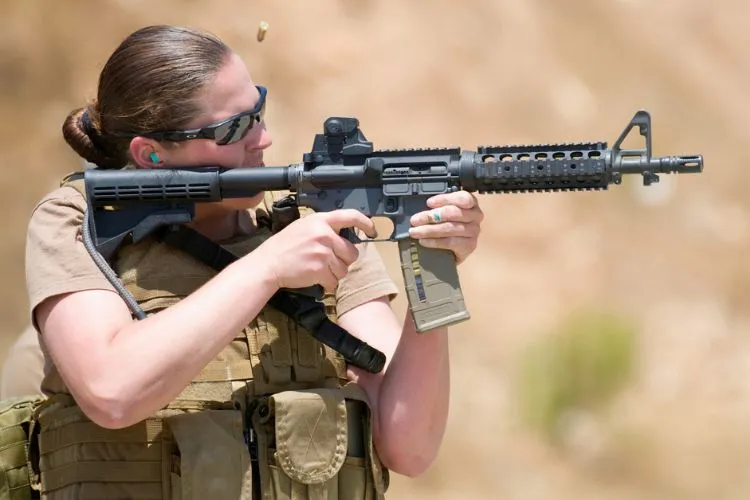Can bullets go through brick?
Factors come into play
What material can bullets not go through?
Can a 9mm go through a brick wall?
Can 7.62 go through bricks?
What Gun can shoot through a brick wall?
High-powered firearms, such as assault and sniper rifles, are more likely to penetrate brick walls than handguns or shotguns.
However, the ability of a gun to penetrate a brick wall depends on factors such as the thickness, density, and composition of the bricks, as well as the type of ammunition used.

For example, a .50 caliber round has the potential to penetrate an average-sized brick wall3. Repeatedly shooting at the same location on a brick wall with various calibers, such as 9mm, .308, .40mm, and .45mm, may eventually result in penetration as well.
Also Read: Do You Need Permit for An Underground Bunker?
frequently asked questions (FAQs)
How many bricks stop a bullet?
The number of bricks required to stop a bullet depends on factors such as the type of bullet, the composition of the bricks, and the thickness of the brick wall. u003cbru003eHowever, specific information on the number of bricks needed to stop a bullet is not readily available in the provided sources.
How many inches of concrete does it take to stop a bullet?
As for concrete, it generally takes a few inches of thickness to stop the most common bullets. According to a source, a 4-inch (100 mm) thick concrete wall can stop a 9mm handgun bullet, while a 6-inch (150 mm) thick concrete wall can stop a .30-06 hunting rifle bullet. u003cbru003eHowever, remember that these numbers are approximate, and the effectiveness of concrete in stopping bullets depends on factors such as the bullet’s velocity, composition, and angle of impact.
Practical Applications: When Brick Walls Offer Effective Protection
Understanding the real-world scenarios where brick walls can provide meaningful protection against bullets is essential for assessing their reliability. While bricks are not entirely bulletproof, they still offer a degree of resistance that can make them effective in certain situations.
Residential and Commercial Buildings
In urban environments, brick walls are commonly used in residential and commercial construction. While a standard single-layer brick wall may not stop high-velocity rounds, it can effectively slow down or even stop lower-caliber bullets.
Double-layered or reinforced brick walls significantly increase protection, making them a reasonable choice for safety against stray bullets in areas with high firearm activity.
Military and Tactical Applications
In military or tactical situations, brick structures are sometimes used as makeshift cover. Soldiers and law enforcement personnel are trained to identify areas with thick brick walls for temporary protection during firefights.
However, they are also aware of the limitations of brick and avoid prolonged exposure if faced with high-powered ammunition.
Emergency Shelters and Safe Rooms
For those constructing emergency shelters or safe rooms, brick walls can be integrated with additional layers of ballistic-resistant materials like concrete, steel, or Kevlar to enhance protection.
The combination of these materials with brick can create a robust defensive barrier against most firearm threats.
Reinforced Brick Designs
Advances in construction techniques have led to the development of reinforced brick walls. These walls often include staggered brick patterns, reinforced steel supports, or cement-filled cavities, increasing their bullet resistance.
While brick alone cannot guarantee complete bulletproofing, its practicality, availability, and cost-effectiveness make it a valuable component in creating protective barriers.
By understanding these applications, individuals can better evaluate whether brick structures meet their safety requirements or if supplementary materials are necessary for enhanced protection.
Conclusion:
While high-powered firearms with larger caliber rounds are more likely to penetrate brick walls, lower-powered firearms and smaller caliber rounds may not achieve the same penetration level.
However, repeated shots at the same location on a brick wall may eventually result in penetration, regardless of the firearm or ammunition used.
It is essential to understand that the effectiveness of a brick wall in stopping bullets is not absolute, and safety precautions should always be taken when handling firearms or considering bullet-resistant structures.


